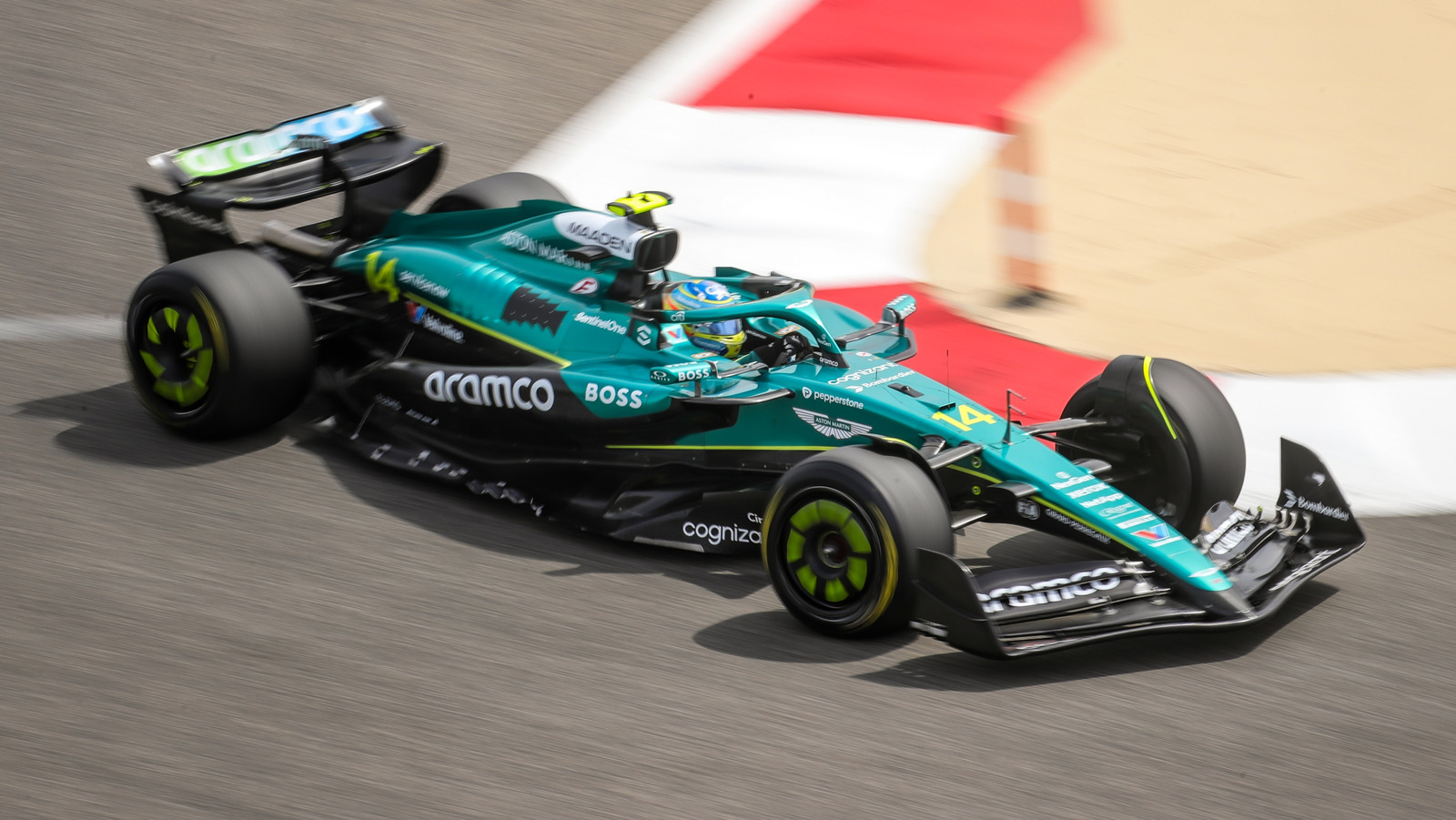What Does a $3.2 Billion Valuation Really Mean for an F1 Team?
When you see a number like $3.2 billion attached to a Formula 1 team, it’s easy to get swept up in the sheer scale. But what’s actually behind that figure? In this case, an undisclosed buyer has snapped up Aston Martin’s stake in their F1 team for $146 million, pegging the team’s total value at that eye-watering sum. For context, that puts Aston Martin’s F1 operation in the same league as some of the most valuable sports franchises on the planet.
This valuation isn’t just about fast cars and famous drivers. It’s a reflection of the global reach of Formula 1, the sport’s surging popularity (especially in new markets like the US), and the lucrative sponsorship and media deals that come with it. According to Forbes, F1 team values have soared in recent years, with the average team now worth over $1.8 billion—a figure that’s more than doubled since 2019. Aston Martin’s $3.2 billion tag puts it near the top of the grid, both literally and figuratively.
Why Would Aston Martin Sell Its Stake Now?
Timing is everything in business, and Aston Martin’s decision to sell its F1 stake now is no accident. The team has enjoyed a resurgence on the track, with podium finishes and a growing fan base. That momentum has driven up its value, making this a prime moment to cash in. For the buyer, it’s a chance to get a seat at one of the hottest tables in global sports.
But there’s more to it. Running an F1 team is capital-intensive, and the sport’s new cost cap era means teams must be smarter with their spending. By selling its stake, Aston Martin can free up resources to invest elsewhere—perhaps in new road car projects or sustainability initiatives—while the team itself gets a fresh injection of capital and potentially new strategic direction.
How Does This Compare to Other F1 Team Sales?
If you’re wondering how this deal stacks up, consider this: just a few years ago, F1 teams could be bought for a fraction of today’s prices. In 2020, Williams Racing was sold for around $180 million. Now, teams are fetching 10 to 20 times that amount. The difference? F1’s global audience has exploded, thanks in part to Netflix’s Drive to Survive and a string of new races in the US, Middle East, and Asia.
Teams are now seen as long-term investments, not just sporting ventures. Investors are betting on the sport’s continued growth, the stability of its revenue-sharing model, and the potential for even bigger media deals down the line. In short, F1 teams have become trophy assets for billionaires, corporations, and private equity alike.
What’s Next for the Aston Martin F1 Team?
With a new owner in the mix, fans and analysts alike are speculating about what’s next. Will the team get a new name? Will there be changes in leadership or strategy? While details are still under wraps, one thing is clear: the team is in a strong position to build on its recent success.
Expect to see continued investment in technology, talent, and infrastructure. The team’s Silverstone base is already one of the most advanced in the sport, and with fresh capital, they could push even further. There’s also the question of driver lineups and partnerships—will the new ownership look to shake things up, or stick with what’s working?
What Does This Mean for F1 Fans and the Broader Sport?
For fans, deals like this are a double-edged sword. On one hand, big-money investments can lead to better performance, more exciting races, and a higher profile for the sport. On the other, there’s always a risk that corporate interests overshadow the pure racing spirit that draws people to F1 in the first place.
But if recent history is any guide, the influx of capital has mostly been a good thing. Teams are more competitive, the racing is closer, and the sport is reaching new audiences around the world. The key will be balancing business interests with the passion and tradition that make F1 unique.
The big takeaway? F1’s skyrocketing team values aren’t about perfection—they’re about smarter adjustments and seizing the right moment. Whether you’re a diehard fan or just curious about the business of sport, keep an eye on these shifts. Start with one change this week—maybe follow a new team or dig into the business side of F1—and you’ll likely spot the difference by month’s end.


